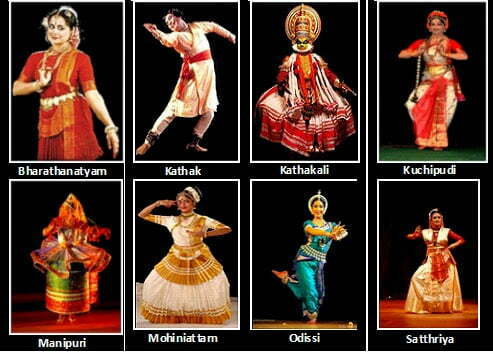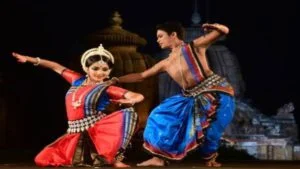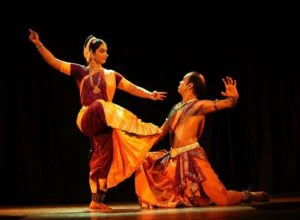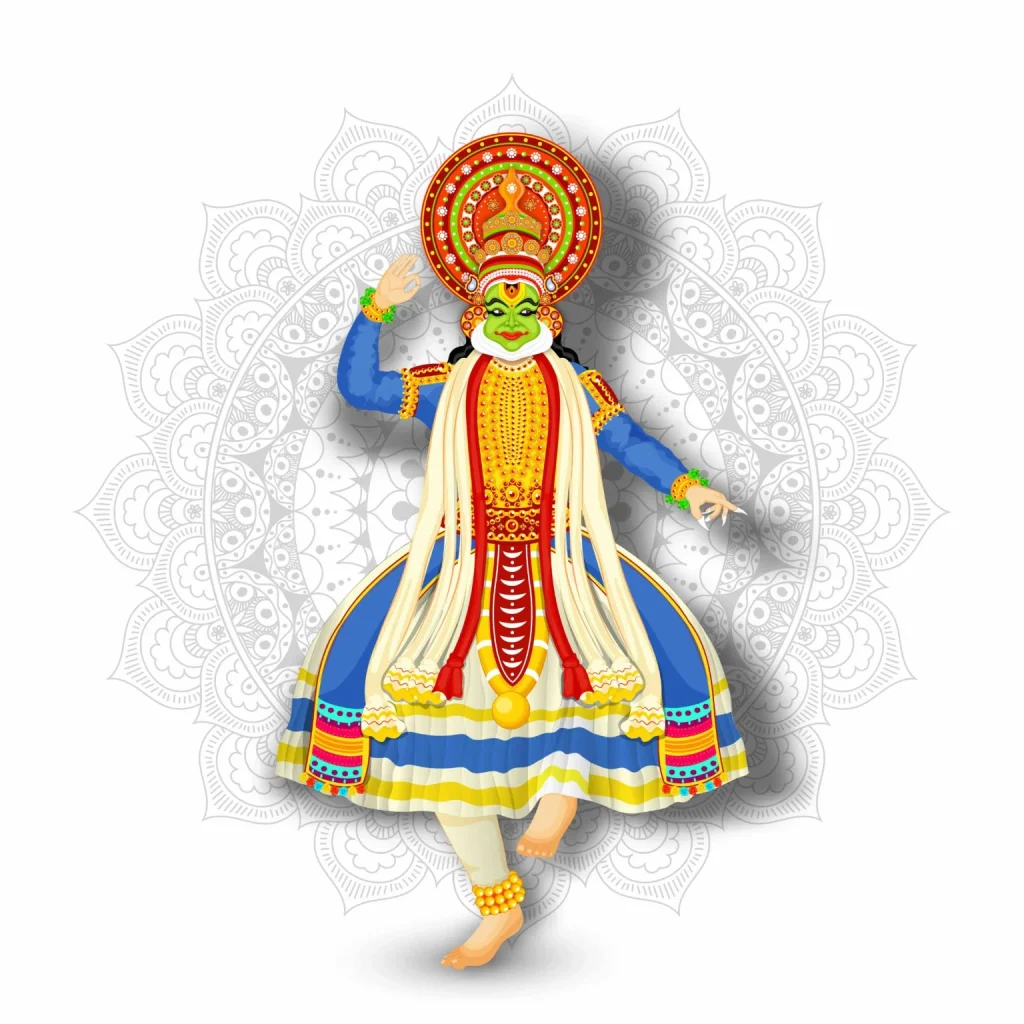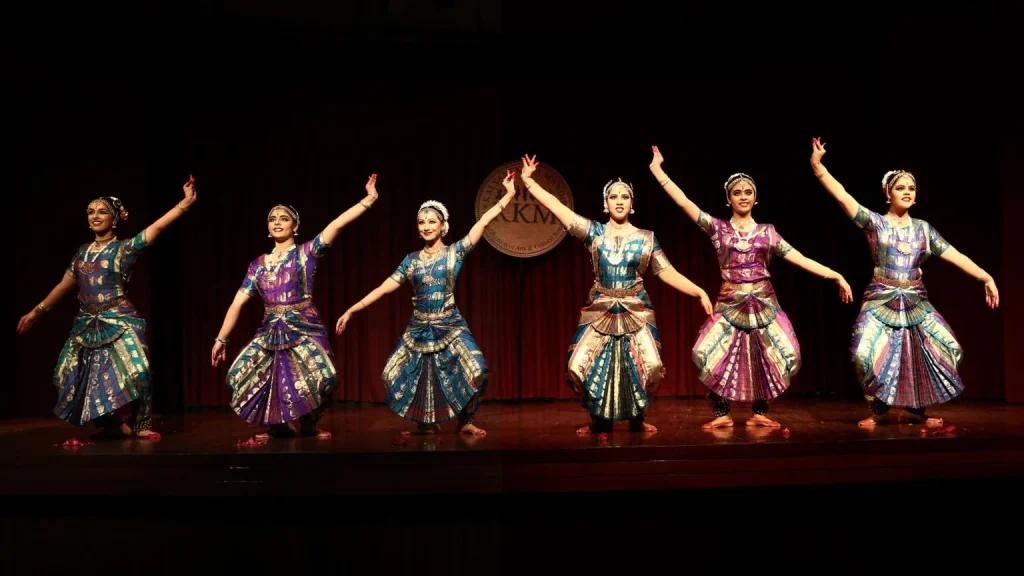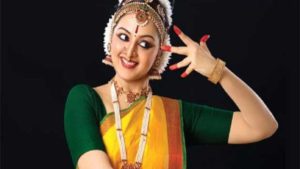
What is Dance-drama? Is it dance? Or, is it drama? It might be a solution/mixture of both! As the term suggests for itself, it is a form of dance. Drama is an incorporation.
We are well aware about our Indian culture and it’s various intricate forms of classical dances. Let’s once again repeat those eight Indian dance forms which were established since the time of age-old sadhus and noblemen- Bharatnatyam, Kathak, Kathakali, Odissi, Kuchipudi, Sattriya, and Mohiniattam
As we Most of our classical dances have been inspired from “yaksha gana traditions”. We might as well call them the dance theatre traditions. For example, Bharatanatyam has a lineage that includes “Kuruvanji” from the Yakshaganas, Kuchipudi from the Yakshaganas, Kathakali from the Kathakali. And Manipuri from the Nritya Nataka.
We will discuss a few classical dance styles that still maintain the dance drama traditions. But first, let’s give you a quick overview of the various dance drama traditions that we have, which are all tied to one or more styles of Indian classical dance.
Styles and sources of Dance-drama
There are 4 Dance-drama types penned down by Shri Rabindranath Tagore. Namely-:
- Shyama
- Chitrangada
- Chandalika
- Tasher Desh
Occasionally, the enormous repertoire of Rabindrasangeet is a great source for the songs. It combined with Rabindranath Tagore’s theatre to make Nritya Natya. Rabindra Nritya Natya is a drama based on the plays “Rakta Karabi,” “Natir puja,” “Raja,” “Muktadhara,” and others.
Further, adapted versions of Bharatnatyam, Manipuri, and Kathakali are the most common dance genres used.
Rabindra Nritya Natya is widely famous for its passionate dancing. The importance of facial expressions cannot be overstated. While retaining the right dancing style, the dancer should completely immerse herself or himself in the character. Further, in recent years, Rabindra Nritya Natya has included performances of Odissi, Kathak, and Kuchipudi dance genres.
As seen in The hindu mythology, Bhagavata alludes to the Bhagavata Purana, a Hindu book. Mela is a Sanskrit word that refers to a folk festival and means “gathering, meeting of a group.” Henceforth, he traditional Bhagavata Mela performance, set to Carnatic style music, enacts Hindu stories.
Yakshagana is a traditional theatre genre that uses a unique style and form to blend dance, music, speech, costume, make-up, and stage tactics. Also, Tulunadu and some sections of the Malenadu regions of Karnataka and Kerala are home to this theatre style.
From dark till morning, Yakshagana goes on. Its stories are based on the Hindu and Jain epics Ramayana, Mahabharata, Bhagavata, and other epics.
What is Koodiyattam? What are its contributions to Dance-drama?
Performances of Koodiyattam are lengthy and elaborate occasions. Over the course of several nights, I worked for 150 hours. There are three sections to a Koodiyattam performance. The purappadu is the first of them, in which an actor delivers a verse alongside the nritta part of dancing.
The actor then performs the nirvahanam, in which he uses abhinaya to convey the mood of the play’s primary character to the audience. The nirvahanam, or retrospective, brings the audience up to the beginning of the play. The play itself, koodiyattam, is the concluding portion of the performance.
Even if the first two portions are solo acts, Koodiyattam can include as many characters as needed to fill the stage. In Kerala, India, Koodiyattam (also pronounced as Kutiyattam, is a traditional performing art form. It combines aspects of ancient Sanskrit theatre with Koothu, a Tamil performing style that dates back to the Sangam era.
: This dance form is a Masterpiece of Humanity’s Oral and Intangible Heritage, designated by UNESCO
The name Koodiyattam, which means “playing or performing together,” might relate to the presence of several actors on stage who act in time with the mizhavu drummers’ rhythms. Consequently, it could possibly be a reference to a typical Sanskrit theatrical technique in which a single actor who has been performing solo for several nights is joined by another.
Tap here, to know more about how Bharatnatyam ceased itself from Koodiyattam!
Who is a chakyar?
Chakyar is a person who performs the ritualistic Koothu and Koodiyattam inside the temple or in the Koothambalam, is the major character. Although, Illotammas, Chakyar women, are not permitted to participate. Rather, Nangyaramma plays the female characters.
What is Kuravanji?
Kuravanjis have a prominent presence in Tamil literature. It has always been performed in the form of tiny prabandhas. It features a combination of classical and traditional music. They fall under the category of Natakatamizh.
Many of the songs in Kuravanji have a classical flavour to them in the form of Rakthi Ragas. While others are similar to basic folk tunes. Kuravanji is a traditional and folk art hybrid.
This dance drama is a blend between Tamil and English. Kura refers to the Chenchus or Kuruvas tribes. The tribes are the groups of men who hunt and women who tell fortunes. Anji is a member of the adavus dance culture. Devadasis, who primarily danced in temples, were the first to perform Kuravanjis.
Ancient legacy-
Kuravanjis rose to prominence during the reign of King Raja Raja Chola, according to historical accounts. In the Thanjavur temple, the monarch built a separate platform called Kuravanji Medai, where an annual dancing festival used to be .
Indian classical dances
We already know jow every Indian classical dance form is just another medium of telling a story. These stories range from the verses and scenes stolen from Hindu epics Mahabharata, Ramayana to many many stories about Krishna. For instance, his Raas lila, Kans-vaddh, stories of Radha-Krishna etc.
Not only these, but also every other story from the epics of all our mythologies and stories about gods, goddesses, demons, short stories like savitri and satyavan, buddha are sources for a dance-drama!
Kathakali is among Country’s most popular classical dance-dramas, alongside Bharatanatyam, kathak, manipuri, kuchipudi, and odissi. In Kathakali, the main attraction is the dancers dressd like puppets without strings carrying out a drama with dance as a group. Click here to know more!
Abhinayas in Odissi are a form of Dance-drama, depicting these stories through expressions and mudras. Tap here, to know all about these forms of drama in Odissi!
Consequently, as we move along all these dance forms, we will see and witness storytelling in one way or the other. They convey the same varieties of verses but in a lot different postures. The attributes of mudras and style of dancing make them different from one another. You can know about these details of the styles and rules of all the major 8 dance styles with ease!
Here, is a video showing the Dance-drama cultural in our classical dance. Visit to watch the video and do tell us if you are able to guess which dance form that is!
Share with your friends

